One hundred and fifty-three new packages made it to CRAN in January. Here are my “Top 40” picks in eight categories: Computational Methods, Data, Machine Learning, Medicine, Science, Statistics, Utilities, and Visualization.
Computational Methods
cPCG v1.0: Provides a function to solve systems of linear equations using a (preconditioned) conjugate gradient algorithm. The vignette shows how to use the package.
RcppDynProg v0.1.1: Implements dynamic programming using Rcpp. Look here for examples.
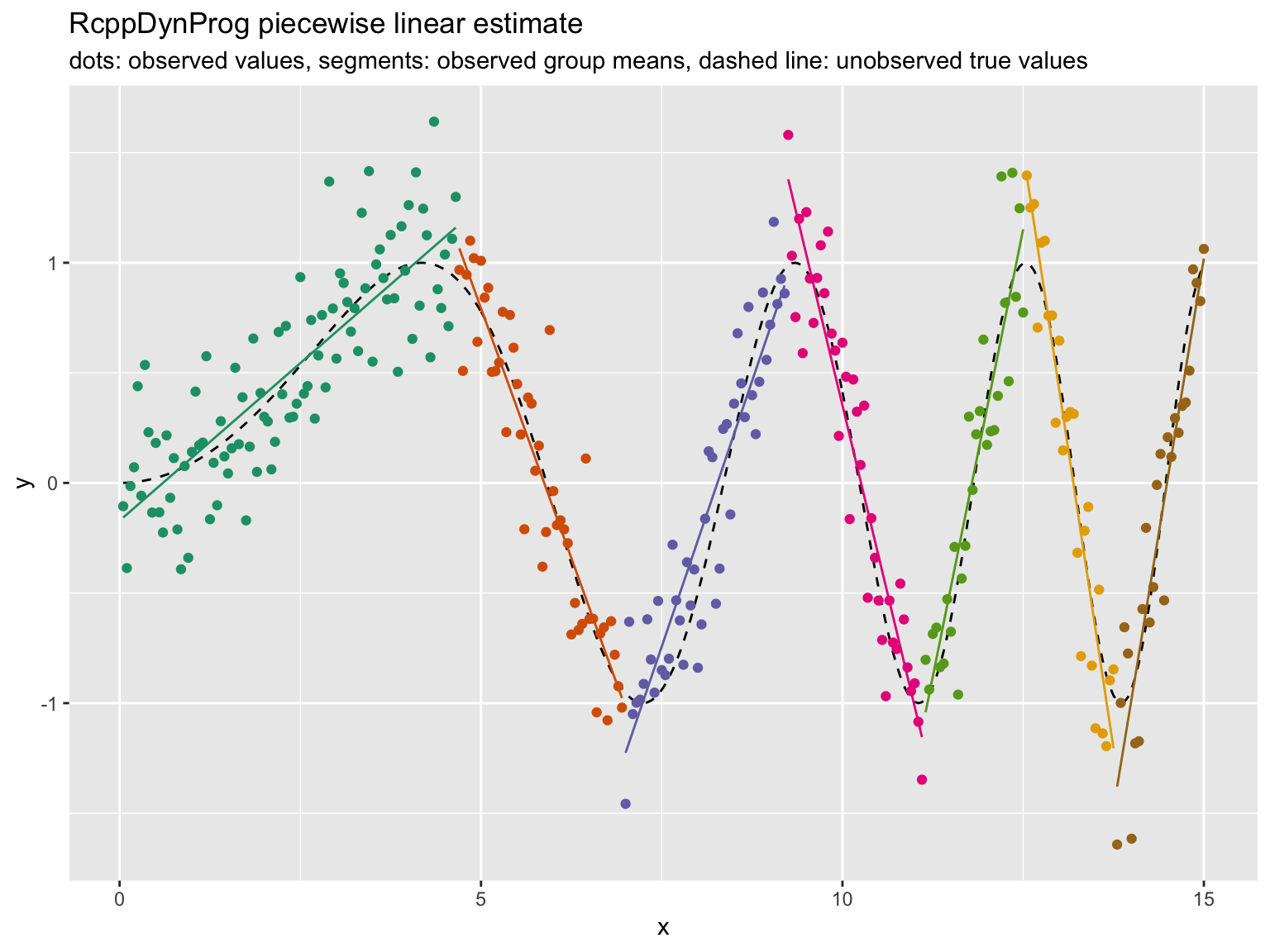
Data
cimir v0.1-0: Provides functions to connect to the California Irrigation Management Information System (CIMIS) Web API. See the Quick Start for details.
ecmwfr v1.1.0: Provides a programmatic interface to the European Centre for Medium-Range Weather Forecasts’ public and restricted dataset web services ECMWF, as well as Copernicus’s Climate Data Store CDS, allowing users to download weather forecasts and climate data. There are vignettes for both CDS and ECMWFR.
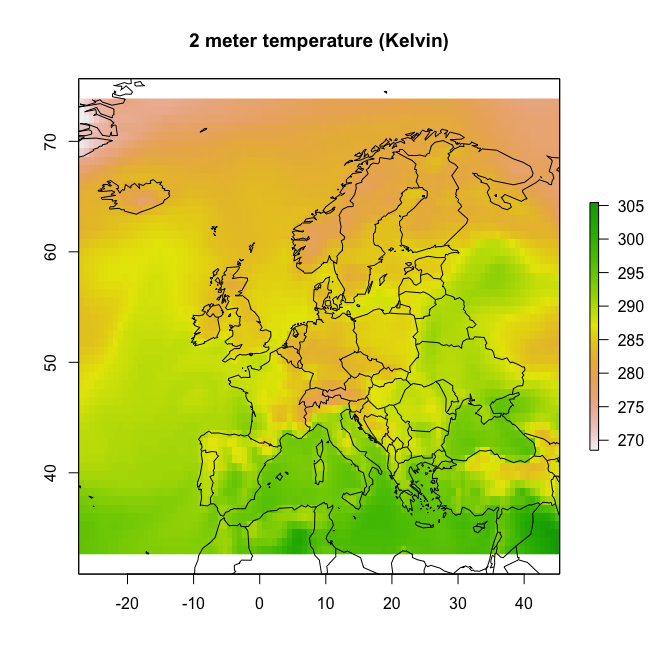
germanpolls v0.2: Provides functions to extract data from Wahlen.de.
nhdR v0.5.1: Provides tools for working with the National Hydrography Dataset, with functions for querying, downloading, and networking both the NHD and NHDPlus datasets. There are vignettes for Creating Simple Maps and Quering Flow Information, as well as an example.
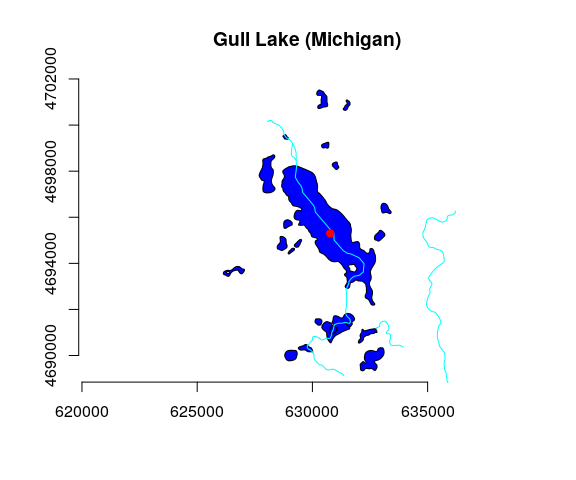
snotelr v1.0.1: Provides a programmatic interface to the SNOTEL snow data. See the vignette for information.
wdpar v0.0.2: Provides an interface to the World Database on Protected Areas (WDPA). Data is obtained from Protected Planet. See the README for information.
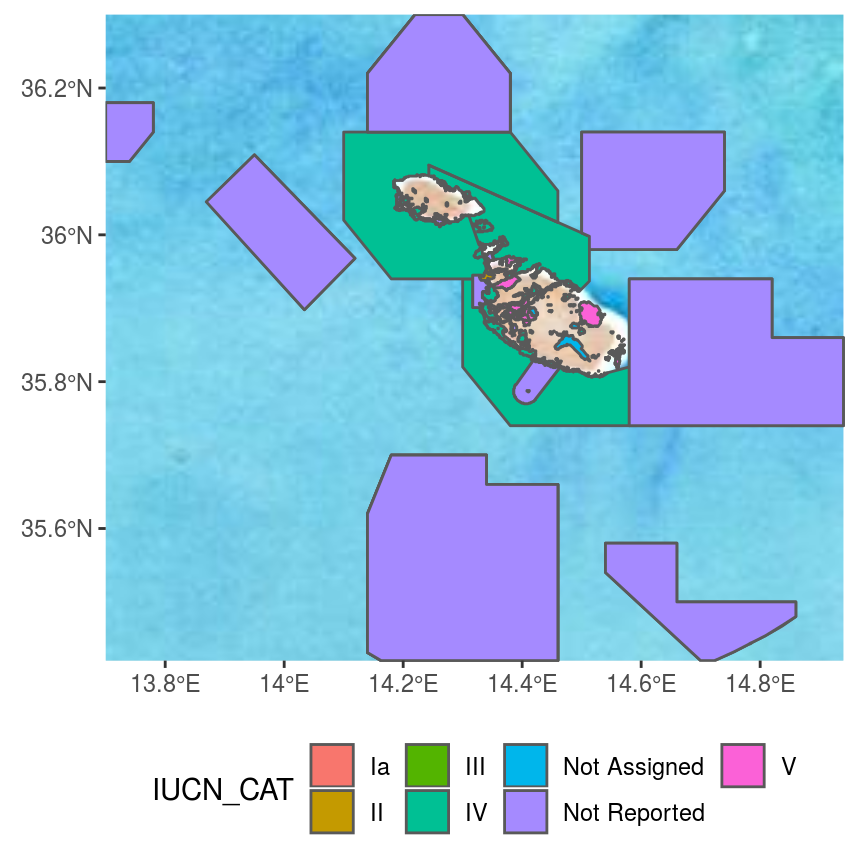
Machine Learning
analysisPipelines v1.0.0: Implements an R interface that enables data scientists to compose inter-operable pipelines between R, Spark, and Python for data manipulation, exploratory analysis, modeling, and reporting. There are vignettes for Python Functions, R data frames, Spark data frames, Interoperable Pipelines, Meta-pipelines, Streaming Analysis Pipelines, and Using Pipelines with Spark.
bender v0.1.1: Implements an R client for Bender Hyperparameters optimizer.
FiRE v1.0: Implements an algorithm to find outliers and rare entities in voluminous datasets. Look here for information.
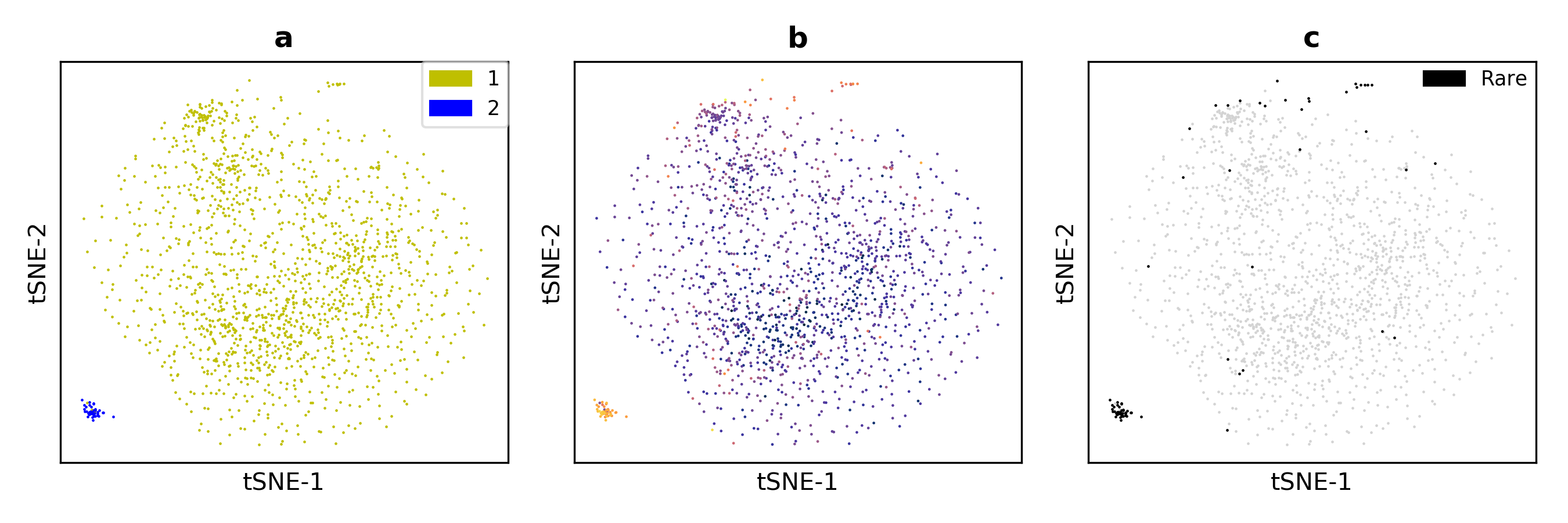
foto v1.0.0: Implements the Fourier Transform Textural Ordination method, which uses a principal component analysis on radially averaged, two-dimensional Fourier spectra to characterize image texture. See the vignette for details.

RcppHNSW v0.1.0: Provides bindings to the Hnswlib C++ library for Approximate Nearest Neighbors.
ruimtehol v0.1.2: Wraps the StarSpace library, allowing users to calculate word, sentence, article, document, webpage, link, and entity embeddings. The techniques are explained in detail in Wu et al. (2017). See the vignette for more information.
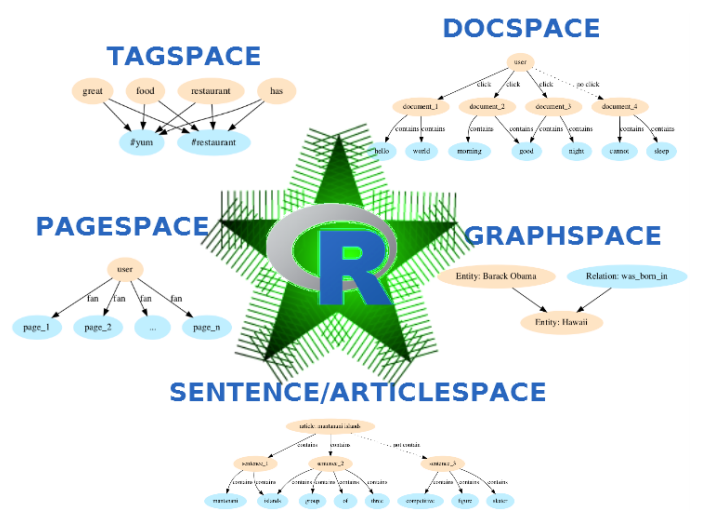
zoomgrid v1.0.0: Implements a grid search algorithm with zoom to help solve difficult optimization problems where there are many local optima inside the domain of the target function. Look here for information.

Medicine
bayesCT v0.99.0: Provides functions to simulate and analyze Bayesian adaptive clinical trials, incorporating historical data and allowing for early stopping. There is an Introduction, and vignettes for Binomial and Normal outcomes.
BioMedR v1.1.1: Provides tools for calculating 293 chemical descriptors and 14 kinds of chemical fingerprints, 9920 protein descriptors based on protein sequences, more than 6000 DNA/RNA descriptors from nucleotide sequences, and six types of interaction descriptors. There is a very informative vignette.
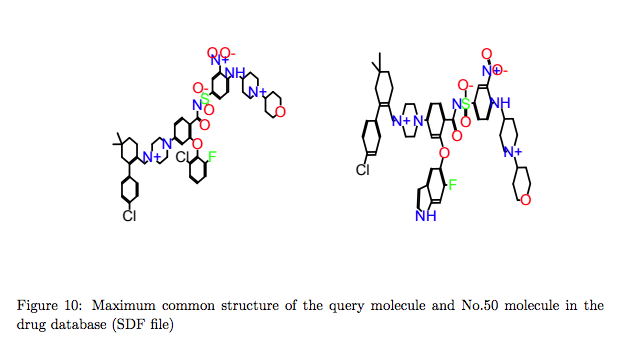
dr4pl v1.1.8: Models the relationship between dose levels and responses in a pharmacological experiment using the 4 Parameter Logistic model, and provides bounds that prevent parameter estimates from diverging. See Gadagkar and Call (2015) and Ritz et al. (2015) for background information, and the vignette for examples.
GMMAT v1.0.3: Provides functions to perform association tests using generalized linear mixed models (GLMMs) in genome-wide association studies (GWAS) and sequencing association studies. See Chen et al. (2016) and Chen et al. (2019) for background information, and the vignette for an introduction to the package.
Science
ethnobotanyR v0.1.4: Implements functions to calculate common quantitative ethnobotany indices to assess the cultural significance. See Tardio and Pardo-de-Santayana (2008) for background information, and the vignette for information on the package.

wsyn v1.0.0: Implements tools for a wavelet-based approach to analyzing spatial synchrony, principally in ecological data. The vignette gives the details.

Statistics
apcf v0.1.2: Implements the adapted pair correlation function, which transfers the concept of the pair correlation function from point patterns to patterns of objects of finite size and irregular shape. This is a re-implementation of the method suggested by Nuske et al. (2009). See the vignette for details.
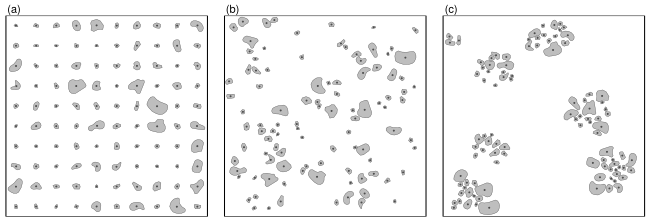
concurve v1.0.1: Provides functions to compute confidence (compatibility/consonance) intervals for various statistical tests, along with their corresponding P-values and S-values. Consonance functions allow modelers to determine what effect sizes are compatible with the test model at various compatibility levels. For details, see Poole (1987), Schweder and Hjort (2002), Singh, Xie, and Strawderman (2007), and Amrhein, Trafimow and Greenland (2018). See the vignette for examples.

IMaGES v0.1: Provides functions to implement Independent Multiple-sample Greedy Equivalence Search (IMaGES), a causal inference algorithm for creating aggregate graphs and structural equation modeling data for one or more datasets. See Ramsey et. al (2010) for background information. There is a vignette.
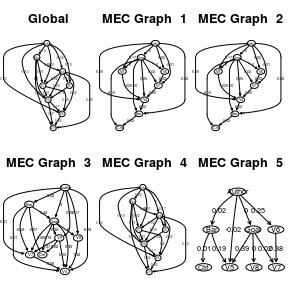
metamer v0.1.0: Provides functions to create data with identical statistics (metamers) using an iterative algorithm proposed by Matejka & Fitzmaurice (2017). See README for help with the package.
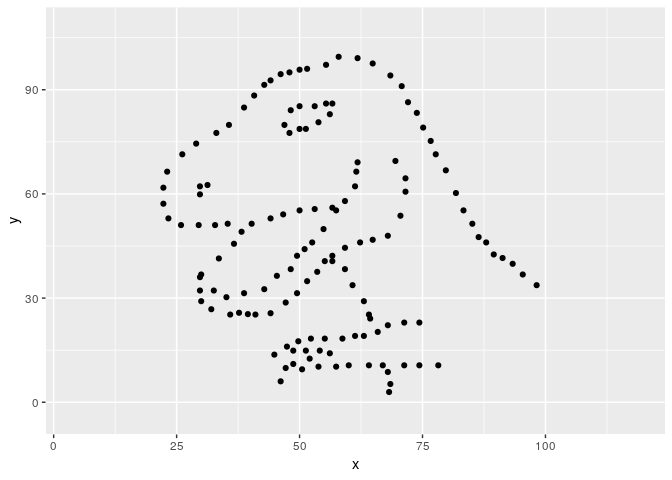
mimi v0.1.0: Implements functions to estimate main effects and interactions in mixed data sets with missing values. Estimation is done through a convex program where main effects are assumed sparse and the interactions low-rank. See Geneviève et al. (2018).
pcLasso v1.1: Implements a method for fitting the entire regularization path of the principal components lasso for linear and logistic regression models. See Tay, Friedman, and Tibshirani (2014) for details and the vignette for an Introduction.
qrandom v1.1: Implements an API to the ANU Quantum Random Number Generator, provided by the Australian National University, that generates true random numbers in real-time by measuring the quantum fluctuations of the vacuum. The quantum Random Number Generator is based on the papers by Symul et al. (2011) and Haw, et al. (2015). Look here for live random numbers.

rstap v1.0.3: Provides tools for estimating spatial temporal aggregated predictor models with stan. See the vignette for an introduction.
ROCit v1.1.1: Provides functions to calculate and visualize performance measures for binary classifiers. The vignette describes the details.
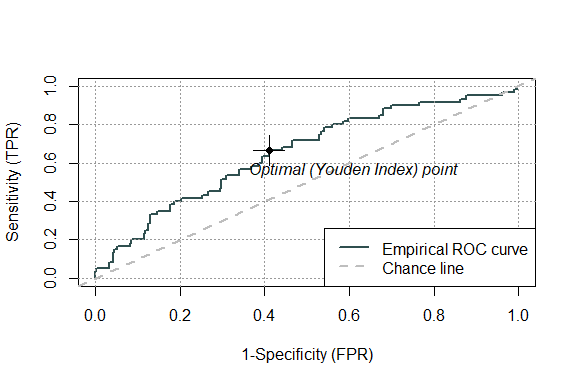
surveysd v1.0.0: Provides functions to calculate point estimates and their standard errors in complex household surveys using bootstrap replicates. A comprehensive description of the methodology can be found here.
Utilities
askpass v1.1: Provides safe password entry for R, Git, and SSH. Look here for help.
logger v0.1: Provides a flexible and extensible way of formatting and delivering log messages with low overhead. There is an Introduction and vignettes on The Anatomy of a Log Request, Format Customization, Migration, Benchmarks, Logging, and Extensions.
pagedown v0.1: Implements tools to use the paged media properties in CSS and the JavaScript library paged.js to split the content of an HTML document into discrete pages. See the README for details.
rmd v0.1.4: Provides functions to manage multiple R Markdown packages. Look here for information.
tor v1.1.1: Provides functions to enable users to import multiple files at the same time. See the README for details.
vitae v0.1.0: Provides templates and functions to simplify the production and maintenance of curricula vitae. There is an Introduction and a vignette for creating templates.
Visualization
gganimate v1.0.1: Implements a ggplot2-compatible grammar for creating animations. The vignette will get you started.
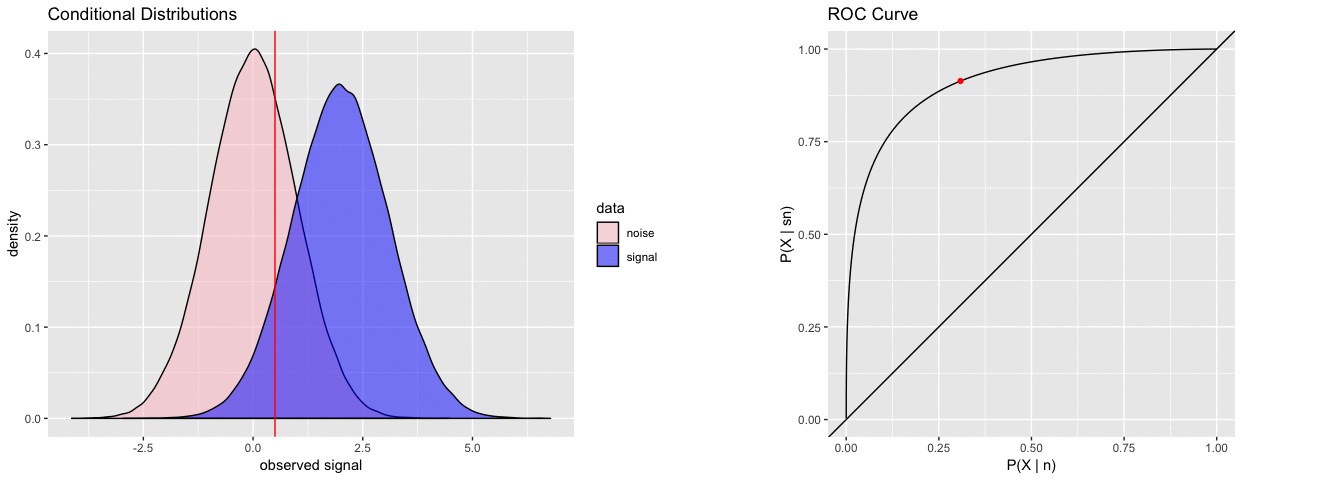
RIdeogram v0.1.1: Implement tools to draw SVG (Scalable Vector Graphics) graphics to visualize and map genome-wide data in ideograms. See the vignette for information.
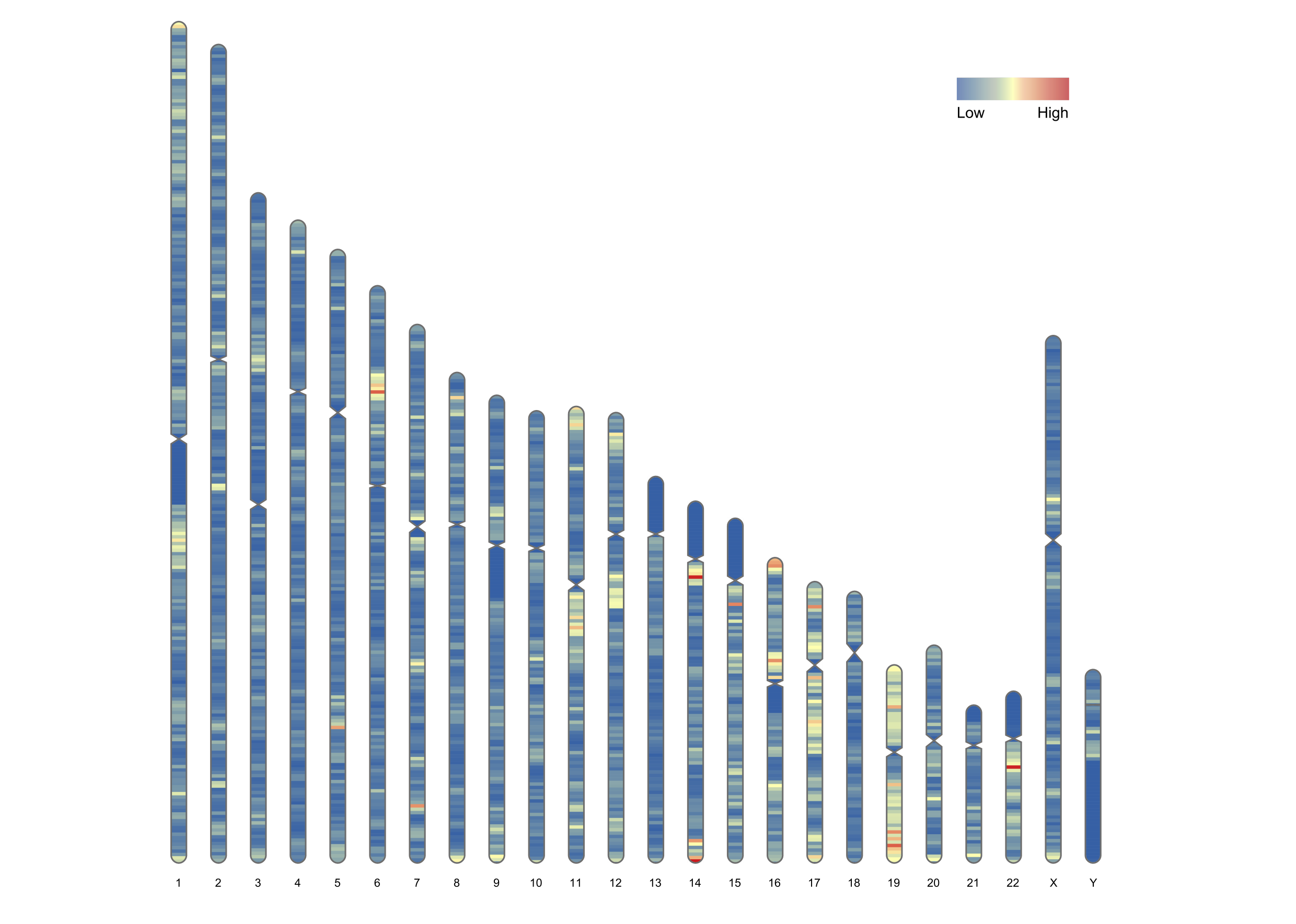
voronniTreeMap v0.2.0: Provides functions to create Voronni tree maps using the d3.js framework. Look here for examples.
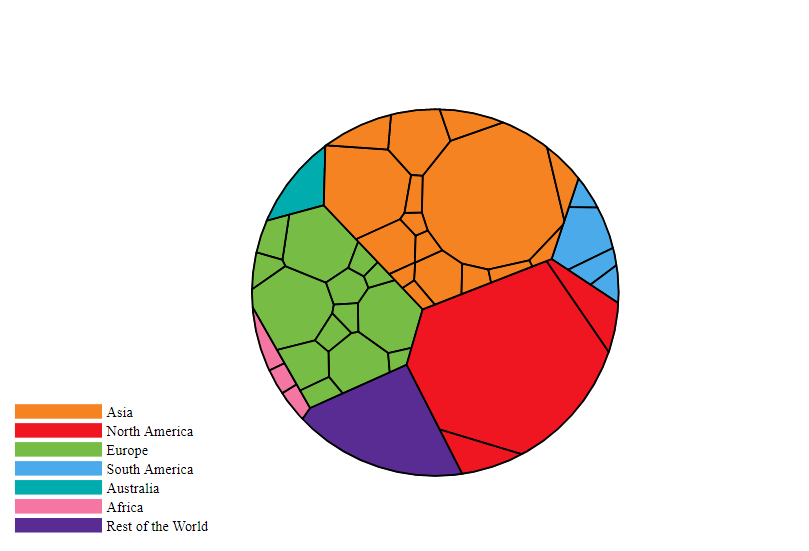
You may leave a comment below or discuss the post in the forum community.rstudio.com.